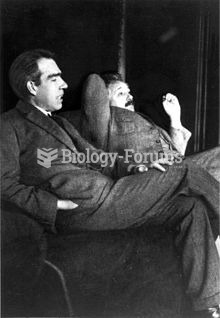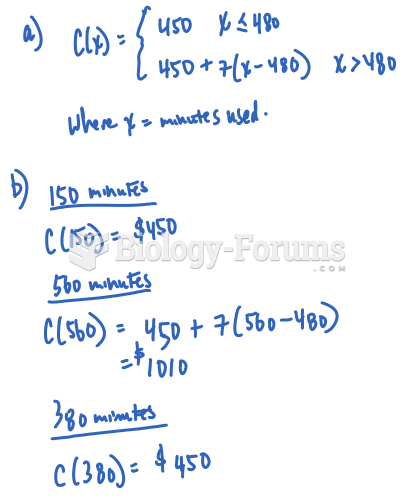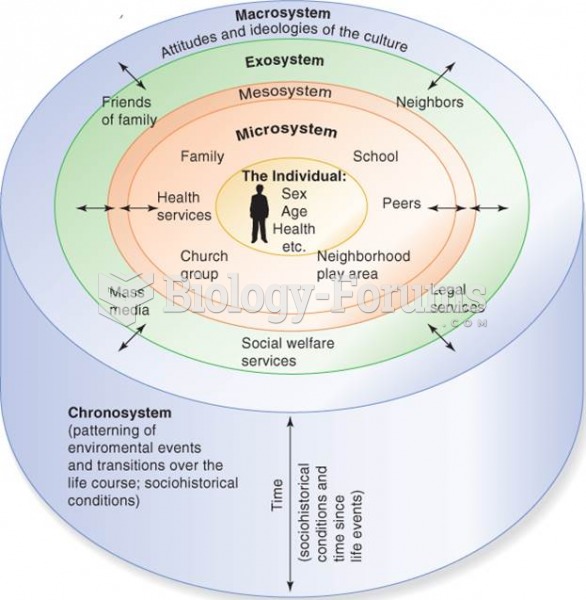Definition for Einstein's theory of general relativity
From Biology Forums Dictionary
General relativity was Einstein’s theory of gravity, published in 1915, which extended special relativity to take into account non-inertial frames of reference — areas that are accelerating with respect to each other. General relativity takes the form of field equations, describing the curvature of space-time and the distribution of matter throughout space-time. The effects of matter and space-time on each other are what we perceive as gravity.
The theory of the space-time continuum already existed, but under general relativity Einstein was able to describe gravity as the bending of space-time geometry. Einstein defined a set of field equations, which represented the way that gravity behaved in response to matter in space-time. These field equations could be used to represent the geometry of space-time that was at the heart of the theory of general relativity.
As Einstein developed his general theory of relativity, he had to refine the accepted notion of the space-time continuum into a more precise mathematical framework. He also introduced another principle, the principle of covariance. This principle states that the laws of physics must take the same form in all coordinate systems.



